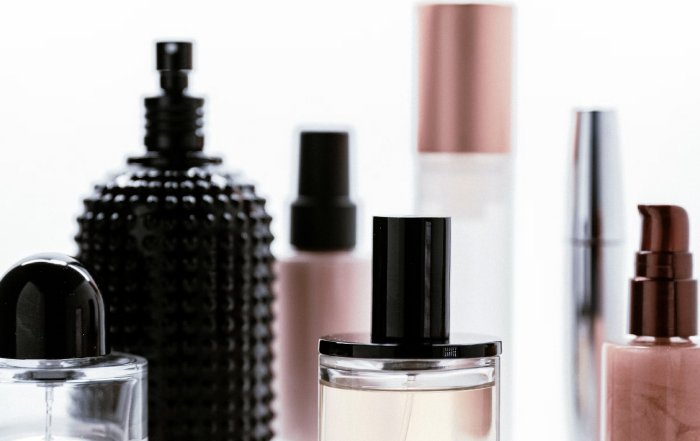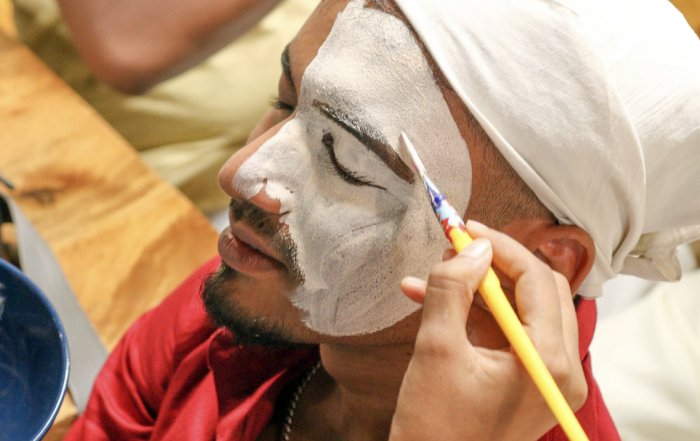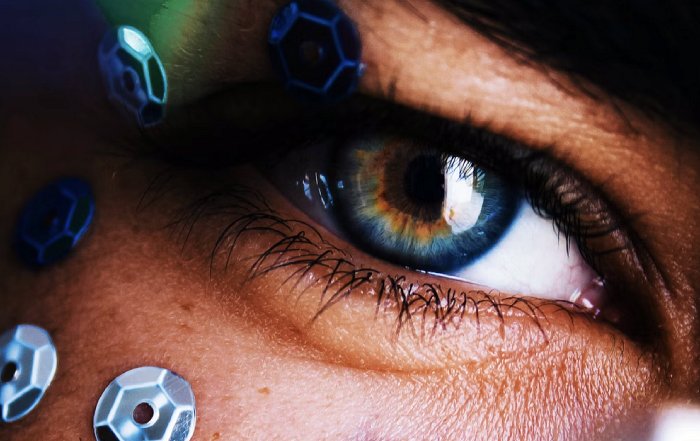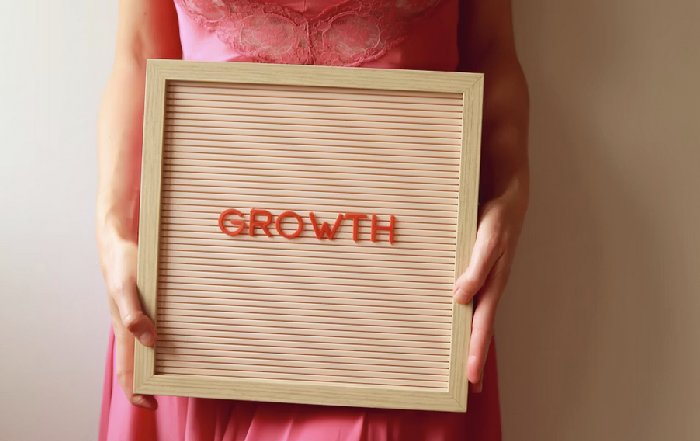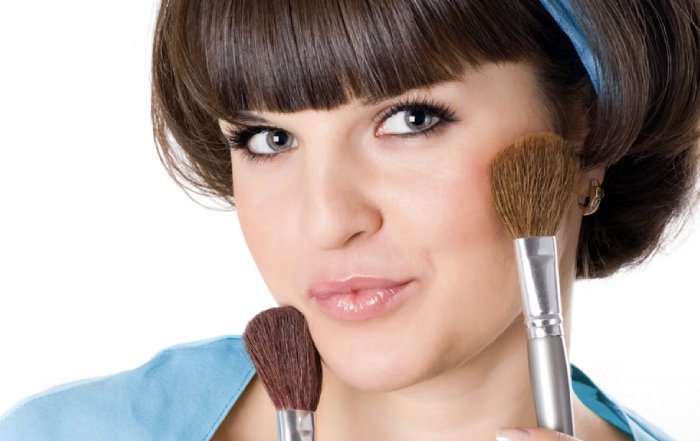The Expansion of Direct-to-Consumer Beauty Brands in 2025
A New Era for Beauty Commerce
In 2025, the global beauty industry is being reshaped by the rapid expansion of direct-to-consumer (DTC) brands, and the evolution of this model is redefining how consumers discover, evaluate, purchase, and remain loyal to products that touch every aspect of their lives, from skincare and makeup to wellness and nutrition. For BeautyTipa, which is dedicated to helping readers navigate the intersection of beauty, wellness, technology, and business, the DTC revolution is not simply a retail trend; it is a fundamental transformation in how value, trust, and identity are created in the beauty ecosystem across North America, Europe, Asia, and beyond.
As traditional retail structures face intense pressure from digital-native competitors, DTC beauty brands are building direct relationships with consumers, leveraging data, personalization, and community to bypass intermediaries and deliver more tailored experiences. This shift is visible in the flourishing of new digital-first skincare labels, the global rise of K-beauty and J-beauty brands selling directly online, and the strategic pivots of established conglomerates such as L'Oréal, Estée Lauder Companies, and Shiseido toward more consumer-centric, digitally integrated models. Readers seeking to understand how these shifts affect their choices in skincare and routines can explore the evolving landscape further through BeautyTipa's dedicated sections on beauty and skincare, where these changes are tracked and interpreted for a business-savvy audience.
Defining the Direct-to-Consumer Beauty Model
The DTC beauty model is characterized by brands that sell primarily or exclusively through their own digital channels, often supplemented by selective partnerships, rather than relying on traditional wholesale distribution through department stores, pharmacies, or third-party e-commerce platforms. In practice, this means that a brand's website, mobile app, social media presence, and customer relationship management tools become its primary storefronts and engines of growth. Organizations such as Glossier, which emerged from a content-first approach rooted in community and editorial storytelling, and Fenty Beauty by Rihanna, which leveraged both celebrity influence and digital-first distribution, have become emblematic of this model and have demonstrated how powerful direct engagement can be when combined with inclusive product strategies and strong brand narratives.
Industry research from platforms like McKinsey & Company and Bain & Company highlights how DTC brands are particularly adept at capturing niche segments, testing products rapidly, and scaling internationally without the heavy infrastructure of traditional retail. For BeautyTipa's readers, who monitor beauty business models and financial performance, the DTC shift is highly relevant to understanding both emerging investment opportunities and the strategic realignments of legacy players, and these themes are explored in more depth on the platform's business and finance pages.
The Consumer at the Center: Personalization, Data, and Trust
The expansion of DTC beauty is inseparable from the broader digital transformation of consumer behavior, in which personalization, convenience, and transparency have become non-negotiable expectations. Direct sales channels allow brands to collect first-party data on preferences, purchase history, and engagement patterns, enabling them to offer highly tailored product recommendations and content. Leading technology providers such as Shopify and Klaviyo have enabled even small and mid-sized labels to deploy sophisticated analytics, while major tech firms like Google and Meta continue to shape how beauty brands reach and retarget consumers through search and social advertising. Those interested in how technology intersects with beauty commerce can explore technology and beauty innovation to understand how these tools are being deployed across markets.
Trust, however, has become as critical as convenience. Consumers in the United States, United Kingdom, Germany, and across Asia increasingly expect clarity on ingredient sourcing, sustainability claims, and ethical practices. Organizations such as the Environmental Working Group and the Campaign for Safe Cosmetics have contributed to heightened scrutiny of formulations and safety, while regulators in the European Union and countries like South Korea and Japan have raised the bar on compliance. DTC brands that invest in transparent labeling, clear communication, and robust customer service are better positioned to build long-term loyalty, especially when they integrate educational content, expert guidance, and evidence-based claims that align with the values of informed consumers.
Digital Storytelling and the Power of Community
One of the defining features of DTC beauty brands is their mastery of digital storytelling and community-building, which has become a crucial differentiator in a crowded marketplace. Rather than relying solely on traditional advertising, these brands often originate from or cultivate strong editorial and social media presences that foreground real user experiences, inclusive imagery, and authentic narratives. Platforms like Instagram, TikTok, and YouTube have given rise to influential creators, from dermatologists and cosmetic chemists to makeup artists and wellness coaches, who shape consumer choices through reviews, tutorials, and ingredient breakdowns.
For BeautyTipa, which curates guides and tips to help readers make informed decisions, this shift underscores the importance of blending expert insight with real-world experiences. DTC brands that encourage user-generated content, host interactive events, and respond actively to feedback create a sense of co-creation that deepens engagement. In markets like Brazil, South Korea, and the United States, where social commerce is rapidly expanding, live-streamed product launches, virtual consultations, and interactive Q&A sessions have become essential tools for maintaining visibility and relevance.
Innovation in Skincare, Makeup, and Wellness
The DTC model has been particularly fertile ground for innovation in skincare, makeup, and holistic wellness, enabling brands to respond quickly to emerging scientific research and consumer trends. Skincare brands such as The Ordinary under DECIEM, now part of Estée Lauder Companies, popularized the concept of ingredient-centric marketing and democratized access to active ingredients like niacinamide, retinoids, and vitamin C at accessible price points, changing how consumers evaluate efficacy and value. Organizations like the American Academy of Dermatology and British Association of Dermatologists provide the scientific frameworks that many of these brands reference when developing and explaining their products, and informed readers often cross-reference such sources when researching routines.
In the makeup space, DTC brands have leveraged digital tools to expand shade ranges, improve color-matching, and cater to underrepresented skin tones across regions from North America to Africa and South Asia. Virtual try-on technologies, developed in collaboration with firms like Perfect Corp and supported by advances in augmented reality, allow consumers to experiment with lipsticks, foundations, and eye looks from home, reducing the friction of online purchasing. Those interested in how these advances affect artistry and application can find additional coverage in BeautyTipa's makeup section, where trends in digital experimentation and hybrid formulas are tracked.
The convergence of beauty and wellness has also accelerated under the DTC model, with brands offering supplements, adaptogenic blends, and functional foods that promise benefits for skin, hair, and overall vitality. This holistic approach reflects broader consumer interest in preventive health, supported by institutions such as the World Health Organization and the Harvard T.H. Chan School of Public Health, which emphasize nutrition, sleep, and stress management as pillars of long-term well-being. For readers seeking to align their beauty choices with broader health objectives, BeautyTipa provides cross-disciplinary coverage through its wellness, health and fitness, and food and nutrition content.
Globalization of DTC Beauty: From Seoul to São Paulo
While the DTC movement first gained momentum in the United States and parts of Western Europe, it has rapidly globalized, with significant innovation emerging from Asia-Pacific, Latin America, and the Middle East. In South Korea, digital-native beauty brands have leveraged the country's advanced e-commerce infrastructure and strong culture of skincare experimentation to expand internationally, often using social media and cross-border shipping to reach consumers in the United States, Europe, and Southeast Asia. Government agencies such as KOTRA and trade organizations have supported the internationalization of K-beauty, while retailers and platforms in markets like Singapore and Thailand have become early adopters of hybrid DTC models that blend direct channels with curated marketplaces.
In Europe, independent brands in France, Italy, Spain, and the Nordic countries are combining local heritage with modern digital strategies to appeal to consumers seeking authenticity and craftsmanship. Regulatory frameworks from the European Commission and national health authorities play a decisive role in shaping claims, packaging, and sustainability standards, making compliance a critical component of DTC expansion. Meanwhile, in markets such as Brazil and South Africa, mobile-first e-commerce and social commerce are enabling entrepreneurs to bypass traditional retail bottlenecks and reach underserved consumer segments, particularly in secondary cities and rural areas. BeautyTipa's international coverage follows these developments closely, recognizing that DTC beauty is no longer a Western-centric story but a multi-polar, globally interconnected phenomenon.
Sustainability, Ethics, and the Conscious Consumer
As the DTC beauty segment grows, sustainability and ethics have moved from peripheral concerns to central strategic imperatives. Consumers in markets as diverse as Germany, Canada, Sweden, and New Zealand increasingly evaluate brands based on their environmental footprint, animal welfare policies, and social impact. Organizations like the Ellen MacArthur Foundation have popularized the concept of the circular economy, encouraging brands to rethink packaging, supply chains, and product life cycles, while certification bodies such as Leaping Bunny and Fairtrade International provide frameworks for cruelty-free and ethically sourced products.
DTC brands, with their direct lines of communication and agile operations, are often better positioned than traditional players to pilot refillable systems, biodegradable materials, and carbon-neutral shipping programs. However, they also face scrutiny for potential greenwashing, particularly when claims are not backed by transparent data or third-party verification. Business leaders and investors tracking these developments can deepen their understanding through resources like Learn more about sustainable business practices from the United Nations Environment Programme, which outlines how companies across sectors are integrating sustainability into core strategy. For BeautyTipa's audience, which spans beauty enthusiasts, professionals, and executives, the interplay between ethics, brand storytelling, and long-term value creation is a recurring theme across editorial coverage.
The Economics and Financing of DTC Beauty
Behind the visible success stories of DTC beauty lies a complex economic reality shaped by customer acquisition costs, logistics, and capital requirements. In the early 2010s, cheap digital advertising and viral social media campaigns allowed many brands to grow rapidly with relatively modest budgets. By 2025, however, rising costs on platforms like Meta and Google, combined with increased competition and privacy-driven changes to tracking, have made profitable growth more challenging. Analytical reports from sources such as eMarketer and Deloitte highlight how DTC brands must now balance performance marketing with brand-building, diversify their acquisition channels, and focus more intently on retention and lifetime value.
Financing models have also evolved. Venture capital, private equity, and corporate venture arms have invested heavily in DTC beauty, as seen in high-profile deals involving companies like Kylie Cosmetics, which entered a strategic partnership with Coty, and Drunk Elephant, acquired by Shiseido. At the same time, bootstrapped brands and founder-led businesses continue to thrive by maintaining tight control over costs and focusing on profitable niches. For readers following employment and entrepreneurial opportunities in this space, BeautyTipa's jobs and employment resources provide insight into the skills and roles most in demand, from digital marketing and data analytics to cosmetic chemistry and supply chain management.
Omnichannel Convergence: When DTC Meets Retail
Although the DTC model was initially framed as a challenge to traditional retail, by 2025 the industry has moved toward a more nuanced omnichannel reality in which many successful DTC brands integrate physical touchpoints into their strategies. Pop-up stores, branded boutiques, and partnerships with select retailers such as Sephora, Ulta Beauty, and major department stores allow digital-native brands to reach new customers, offer sensory experiences, and provide in-person consultations that complement online discovery. Reports from NielsenIQ and Euromonitor International indicate that consumers increasingly expect seamless transitions between digital and physical channels, whether they are researching a product on a mobile device, testing it in-store, or subscribing online for regular replenishment.
For BeautyTipa, which covers trends and events across the global beauty calendar, this convergence is particularly relevant when analyzing trade shows, brand activations, and experiential marketing initiatives that blend digital storytelling with real-world engagement. Flagship stores in cities like New York, London, Paris, Tokyo, and Seoul have become laboratories where DTC brands experiment with technology, such as AI-driven skin analysis and personalized formulation bars, providing a glimpse into the future of beauty retail.
Technology, AI, and the Next Phase of DTC Beauty
The next phase of DTC beauty expansion is being shaped by advancements in artificial intelligence, machine learning, and biotechnology, which are enabling deeper personalization, more efficient operations, and novel product categories. AI-powered diagnostic tools, often integrated into brand websites or mobile apps, analyze user-uploaded photos to assess skin conditions and recommend tailored regimens, drawing on large datasets and, in some cases, dermatologist-validated algorithms. Technology companies and research institutions, including the MIT Media Lab and various university spin-offs, are collaborating with beauty brands to refine these tools and explore new frontiers in bioactive ingredients and skin microbiome research.
Biotech-driven startups are also entering the DTC space with lab-grown or fermentation-derived ingredients designed to reduce environmental impact and improve performance, building on scientific advances reported by organizations such as the American Chemical Society and leading dermatological journals. For readers of BeautyTipa, these developments underscore the importance of staying informed not only about product launches but also about the underlying science and technology, a theme that is explored extensively across the platform's technology beauty and guides and tips sections.
Implications for Consumers, Professionals, and Investors
The expansion of DTC beauty has significant implications for multiple stakeholders across regions, from consumers in the United States and Europe to professionals in Asia, Africa, and South America. Consumers benefit from greater choice, transparency, and convenience, but they also face the challenge of navigating a saturated market where marketing claims can outpace evidence. Professionals in dermatology, cosmetology, marketing, and product development must continuously update their skills to remain competitive, particularly as data analytics, sustainability, and cross-border e-commerce become core competencies. Investors and corporate leaders, meanwhile, must distinguish between brands with durable value propositions and those reliant on short-term hype, assessing factors such as supply chain resilience, regulatory compliance, and the ability to scale internationally.
For BeautyTipa, which serves a global readership with interests spanning fashion, wellness, and finance, the DTC revolution is an opportunity to provide integrated perspectives that connect product choices with broader lifestyle, career, and investment decisions. By offering analytical coverage, expert commentary, and practical guidance, the platform aims to support readers in building not only effective beauty routines, as explored in its routines content, but also informed strategies for engaging with the industry as professionals, entrepreneurs, or conscious consumers.
Looking Ahead: The Future of Direct-to-Consumer Beauty
As 2025 unfolds, the expansion of direct-to-consumer beauty brands appears set to continue, but in a more mature, strategically nuanced form than the early waves of digital disruption. Brands that thrive will be those that combine authentic storytelling, scientific rigor, and operational excellence with a deep respect for consumer intelligence and values, whether they are serving customers in New York, London, Berlin, Toronto, Sydney, Paris, Milan, Madrid, Amsterdam, Zurich, Shanghai, Stockholm, Oslo, Singapore, Copenhagen, Seoul, Tokyo, Bangkok, Helsinki, Johannesburg, São Paulo, Kuala Lumpur, or Auckland.
The most successful players will not view DTC merely as a sales channel but as a comprehensive relationship framework that encompasses education, co-creation, and long-term trust. They will integrate sustainability and ethics into their core strategies, leverage technology to enhance-not replace-human expertise, and remain agile in the face of shifting regulations, economic conditions, and cultural trends. In this evolving landscape, BeautyTipa will continue to act as a guide and partner, drawing on its commitment to experience, expertise, authoritativeness, and trustworthiness to help readers interpret developments, discover meaningful innovations, and make decisions aligned with their personal and professional aspirations.
For those seeking to understand how the DTC transformation connects to the broader tapestry of beauty, wellness, and lifestyle, the main portal at BeautyTipa.com offers a continuously updated gateway into the ideas, brands, and movements shaping the future of beauty worldwide.

